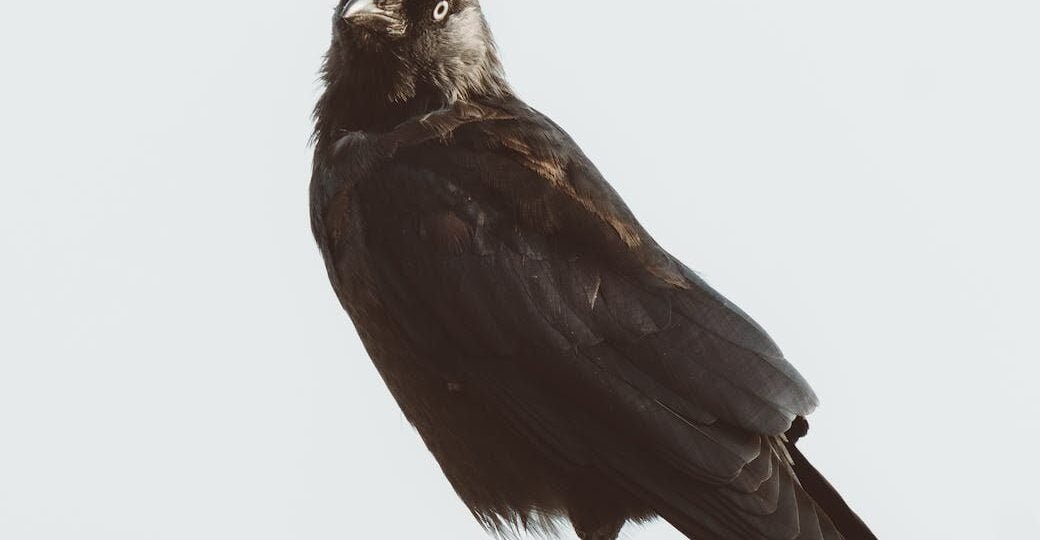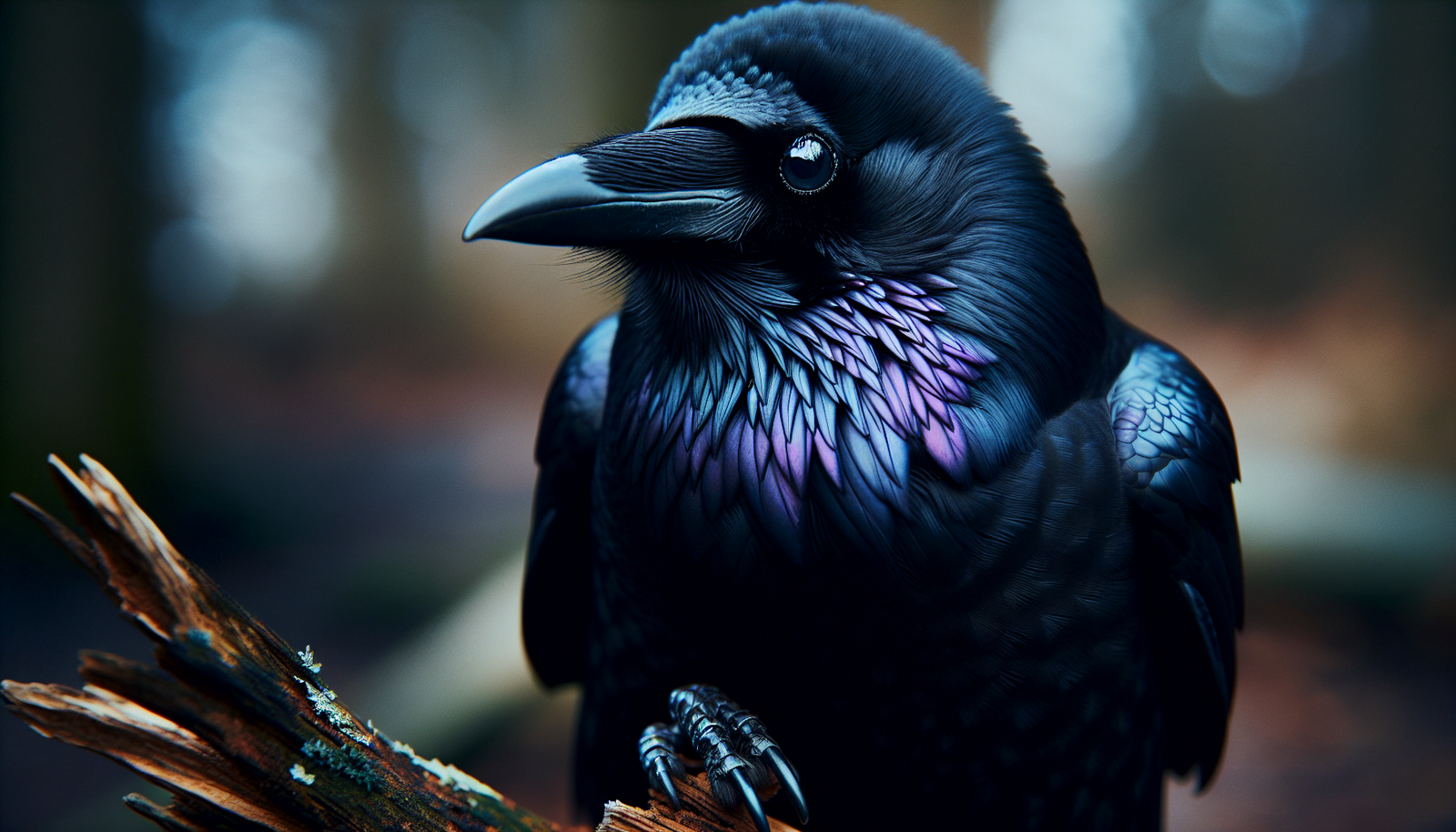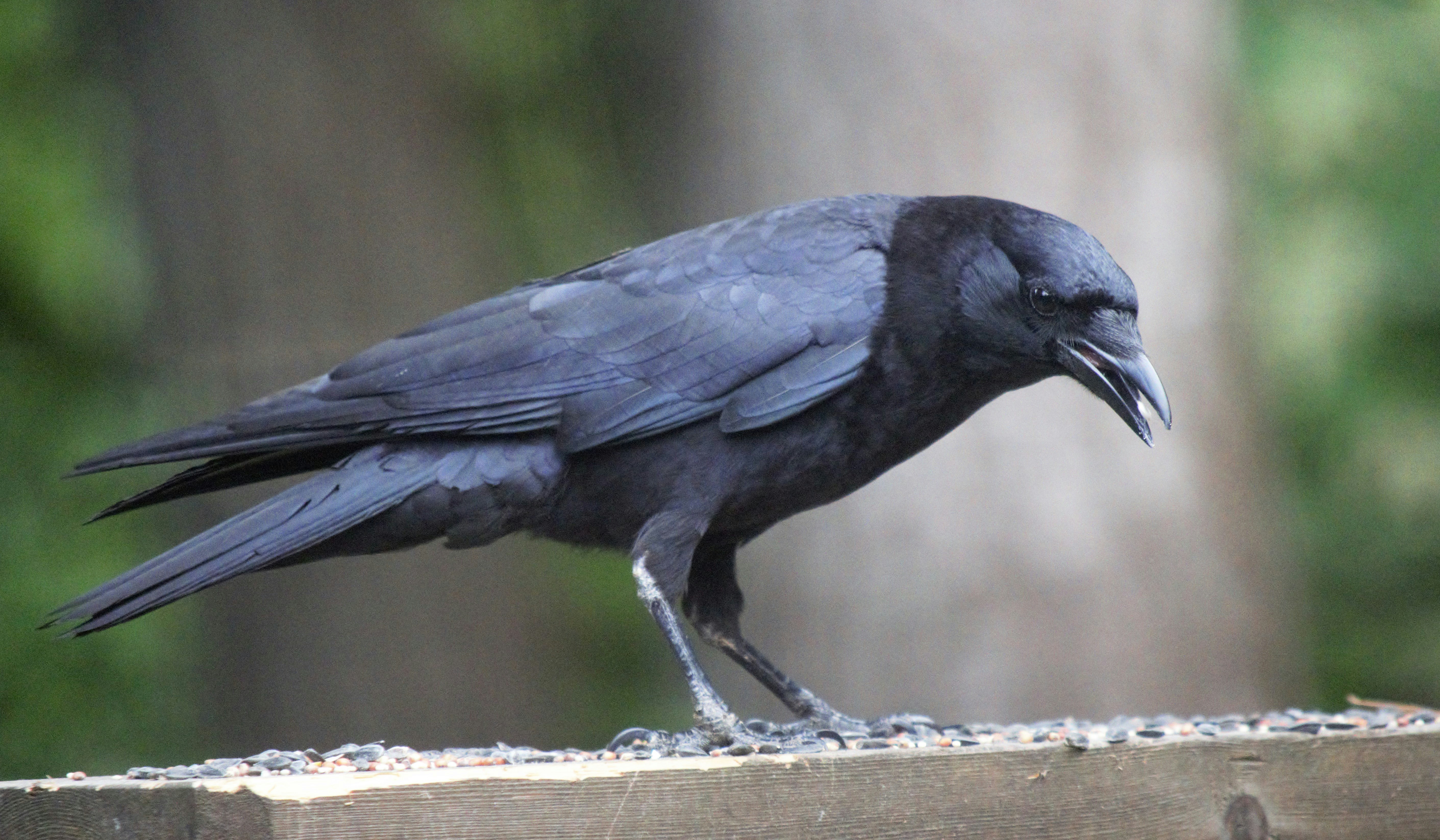Intriguing Insights into the Corvus Insularis Heinroth, 1903 – Bismarck Crow
December 29, 2023 | by BlackCrow.com

Introducing the Bismarck Crow
The Bismarck Crow, scientifically known as Corvus Insularis Heinroth, 1903, is a fascinating bird species found in the Bismarck Archipelago of Papua New Guinea. Let’s delve into an overview of this remarkable crow and explore its habitat and distribution.
Overview of the Bismarck Crow
The Bismarck Crow is an endemic species, meaning it is found exclusively in the Bismarck Archipelago. This archipelago consists of several islands, including New Britain, New Ireland, and the surrounding smaller islands. The Bismarck Crow is known for its distinctive appearance and intriguing behaviors.
This crow species belongs to the Corvidae family, which includes other intelligent and social birds like ravens and crows. The Bismarck Crow exhibits characteristics typical of corvids, such as high intelligence and complex social structures. However, specific research on this particular species is limited.
Habitat and Distribution of the Bismarck Crow
The Bismarck Crow primarily inhabits the lowland rainforests and adjacent secondary forests of the Bismarck Archipelago. These forests provide the crow with a rich and diverse ecosystem to thrive in. Unfortunately, due to deforestation and habitat loss, the population of the Bismarck Crow has been negatively impacted.
This crow species is endemic to the Bismarck Archipelago, making it unique and restricted to this particular region. It can be found on various islands within the archipelago, including New Britain, New Ireland, Umboi, and Duke of York Island.
To ensure the conservation and survival of the Bismarck Crow, it is crucial to protect its natural habitat and address the threats it faces. Conservation efforts are underway to study and monitor the population dynamics of this intriguing bird species.
Stay tuned for the next sections where we will explore the physical characteristics, behavior, and conservation status of the Bismarck Crow.
Physical Characteristics
The Bismarck Crow, scientifically known as Corvus insularis Heinroth, 1903, is a unique and fascinating species of crow found in the Bismarck Archipelago of Papua New Guinea. Let’s explore the size and appearance as well as the unique features of this intriguing bird.
Size and Appearance
The Bismarck Crow is a medium-sized bird, with an average length of about 40 centimeters (15.7 inches) from beak to tail. It has a wingspan of approximately 75 centimeters (29.5 inches). The crow displays sexual dimorphism, with males being slightly larger than females.
This species has predominantly black plumage, which is typical of crows. The feathers are glossy and may have a slight bluish or purplish sheen under certain lighting conditions. The Bismarck Crow has a stout, powerful beak that is black in color. Its eyes are dark brown, and the legs and feet are also black.
Unique Features of the Bismarck Crow
One of the most distinctive features of the Bismarck Crow is its large and impressive bill. Compared to other crow species, its beak is relatively larger and more robust. This adaptation may be related to its specialized feeding habits, which we will explore in the next section.
Another remarkable characteristic of the Bismarck Crow is its intelligence and problem-solving abilities. Crows, in general, are known for their high cognitive abilities, and the Bismarck Crow is no exception. They have been observed using tools to extract food and demonstrate complex problem-solving skills.
Furthermore, the Bismarck Crow exhibits strong social behaviors, living in small groups or pairs. They communicate using a variety of vocalizations, including calls, caws, and clicks. These vocalizations play a crucial role in maintaining social bonds, defending territories, and alerting others to potential threats.
Understanding the physical characteristics of the Bismarck Crow provides valuable insights into its appearance and adaptations. In the following sections, we will delve into the behavior, ecology, and conservation status of this intriguing bird.
Behavior and Ecology
The behavior and ecology of the Bismarck Crow, scientifically known as Corvus insularis Heinroth, 1903, offer intriguing insights into this unique bird species found in the Bismarck Archipelago, Papua New Guinea.
Diet and Feeding Habits
The Bismarck Crow has an omnivorous diet, consuming a wide variety of foods. Its diet primarily consists of fruits, seeds, and insects. This crow species has been observed foraging in the forest canopy and on the ground, using its sharp beak to extract insects from tree bark and leaves. It also feeds on small vertebrates, such as lizards and birds’ eggs, when the opportunity arises.
| Diet of the Bismarck Crow |
|---|
| Fruits |
| Seeds |
| Insects |
| Lizards |
| Birds’ eggs |
The Bismarck Crow’s ability to adapt its diet to various food sources contributes to its survival in its natural habitat. This crow has developed specialized feeding techniques and behavioral adaptations to obtain different types of food.
Social Behavior and Communication
The Bismarck Crow is a highly social bird species, often seen in small groups or family units. It exhibits complex social behaviors and engages in vocal communication to establish and maintain social bonds within its group.
These crows communicate through a diverse range of calls, including contact calls, alarm calls, and territorial calls. Each call carries specific meanings and helps coordinate group activities, such as foraging and defense against predators.
The Bismarck Crow’s social structure is based on a dominance hierarchy, where individuals within the group establish their rank through aggressive displays and vocalizations. This hierarchy helps maintain order and reduces conflicts within the group.
Furthermore, the Bismarck Crow is known for its intelligence and problem-solving abilities. It has been observed using tools, such as sticks or twigs, to extract food from crevices or to manipulate objects to solve puzzles.
Understanding the behavior and ecology of the Bismarck Crow provides valuable insights into the fascinating lives of these birds. By studying their diet, feeding habits, and social behavior, researchers can gain a deeper understanding of their ecological role within the Bismarck Archipelago’s ecosystem.
Conservation Status
The Bismarck Crow, scientifically known as Corvus insularis Heinroth, 1903, is a unique bird species found in the Bismarck Archipelago of Papua New Guinea. As with many species, the Bismarck Crow faces various threats and challenges that impact its population. Understanding these threats is essential for implementing effective conservation strategies.
Threats to the Bismarck Crow
The Bismarck Crow population faces several significant threats, which have contributed to its conservation status being classified as “Endangered” by the International Union for Conservation of Nature (IUCN). Some of the key threats to the Bismarck Crow include:
-
Habitat Loss: Deforestation and habitat degradation pose a significant threat to the Bismarck Crow. The conversion of forests into agricultural land, logging, and infrastructure development disrupts the bird’s natural habitat, limiting its ability to find suitable nesting sites and food sources.
-
Invasive Species: The introduction of invasive species to the Bismarck Archipelago has had a detrimental impact on the Bismarck Crow. Predatory species, such as rats and feral cats, prey on the crow’s eggs and young, reducing its reproductive success and overall population size.
-
Hunting and Capture: Human activities, including hunting and capture for trade or traditional purposes, have had an adverse effect on the Bismarck Crow population. The demand for the bird as a pet or for cultural practices has resulted in direct exploitation, leading to population decline.
Conservation Efforts and Future Outlook
Efforts are being made to conserve the Bismarck Crow and protect its habitat. Conservation organizations, local communities, and government agencies have initiated various measures to address the threats faced by the species. Some of the key conservation efforts include:
-
Protected Areas: Establishing protected areas and conservation reserves within the Bismarck Archipelago helps safeguard the Bismarck Crow’s habitat. These protected areas provide a safe haven for the species and promote sustainable land management practices.
-
Habitat Restoration: Restoration programs aim to rehabilitate degraded habitats and restore native vegetation, providing the Bismarck Crow with suitable nesting and foraging grounds. Reforestation efforts play a crucial role in creating a more favorable environment for the species.
-
Education and Awareness: Raising awareness among local communities, stakeholders, and the general public about the importance of conserving the Bismarck Crow is vital. Education programs, community engagement, and promoting sustainable livelihoods can contribute to long-term conservation efforts.
-
Research and Monitoring: Continual research and monitoring of the Bismarck Crow population and its habitat are essential for understanding population trends, identifying threats, and evaluating the effectiveness of conservation measures. This information helps guide future conservation strategies.
While conservation efforts are underway, the future outlook for the Bismarck Crow remains challenging. Continued collaboration between conservation organizations, local communities, and government agencies is crucial for ensuring the long-term survival of this unique bird species. By addressing the key threats and implementing effective conservation strategies, there is hope for the recovery and conservation of the Bismarck Crow population.
RELATED POSTS
View all


